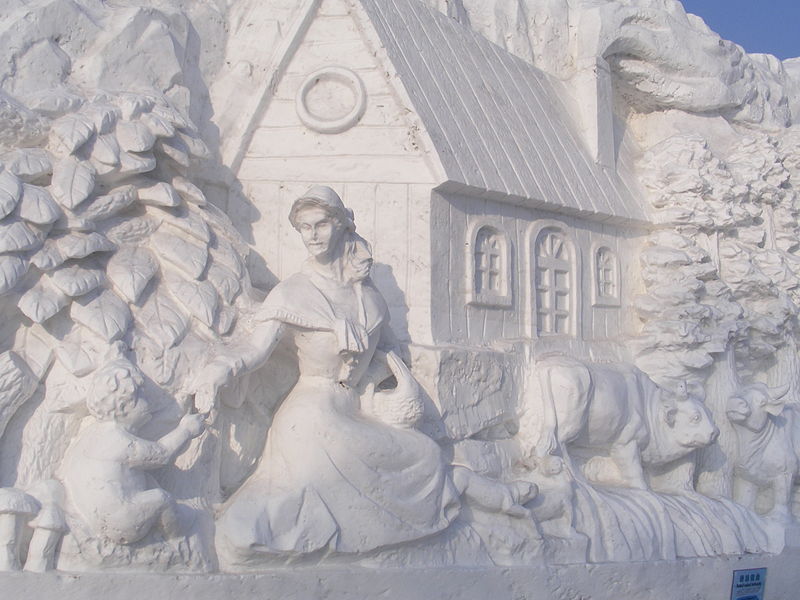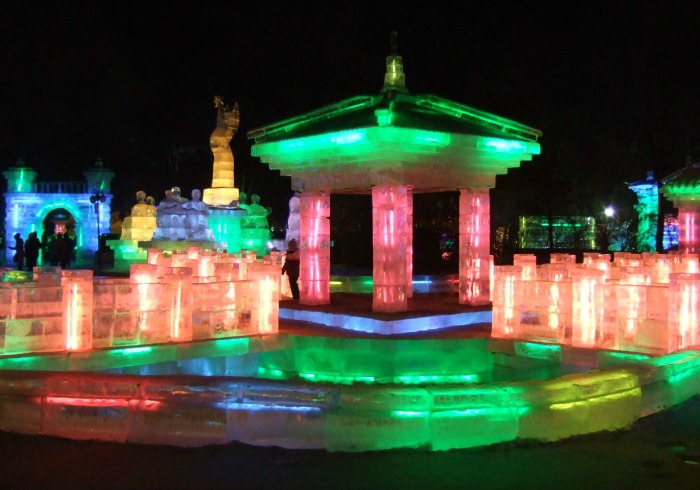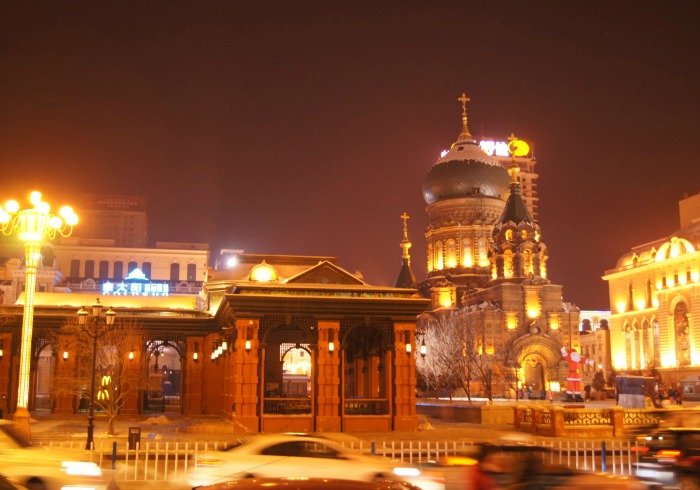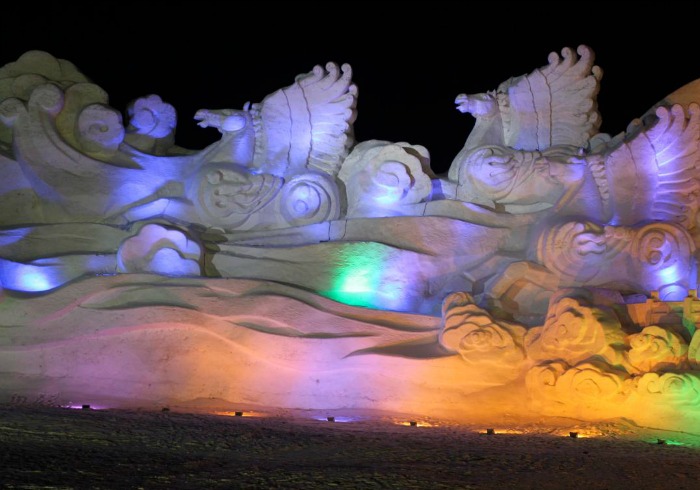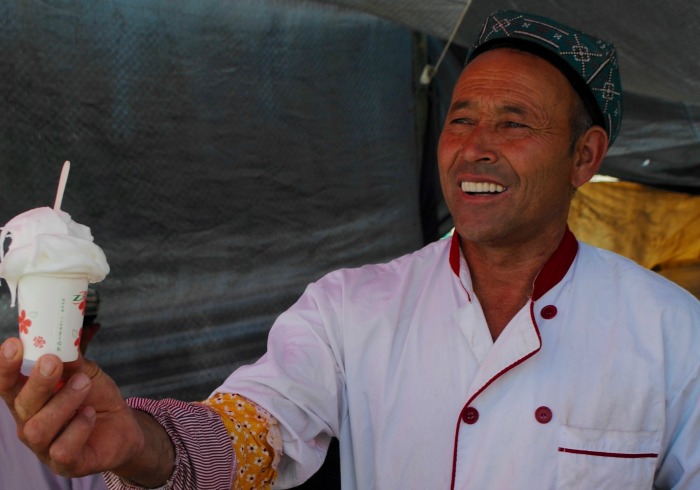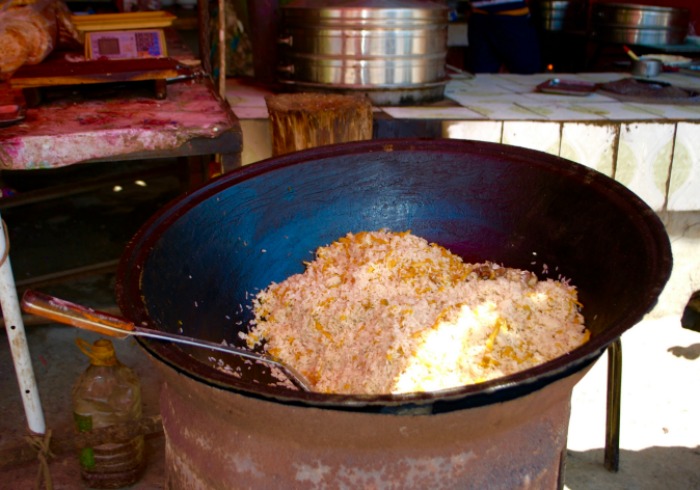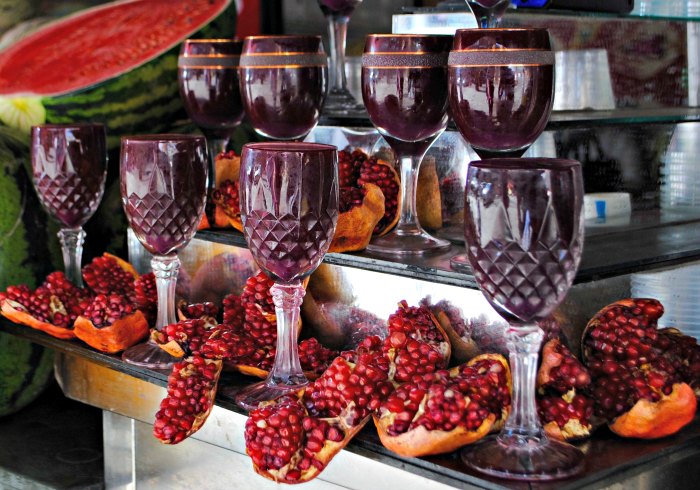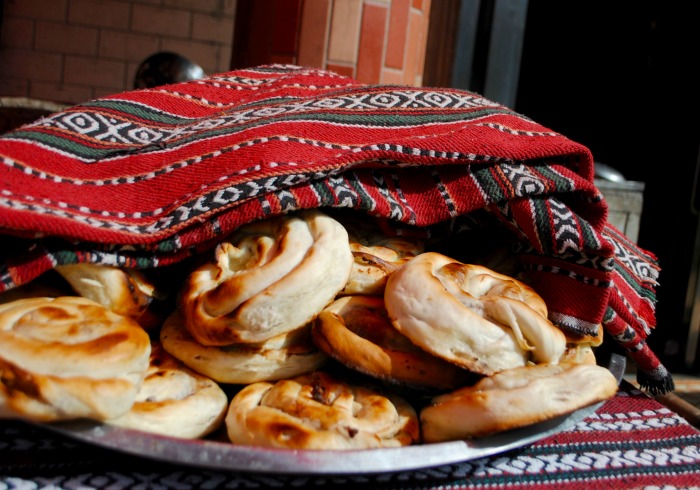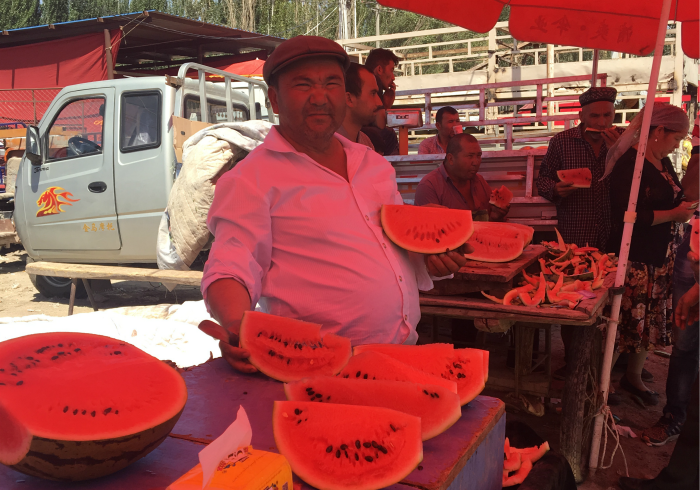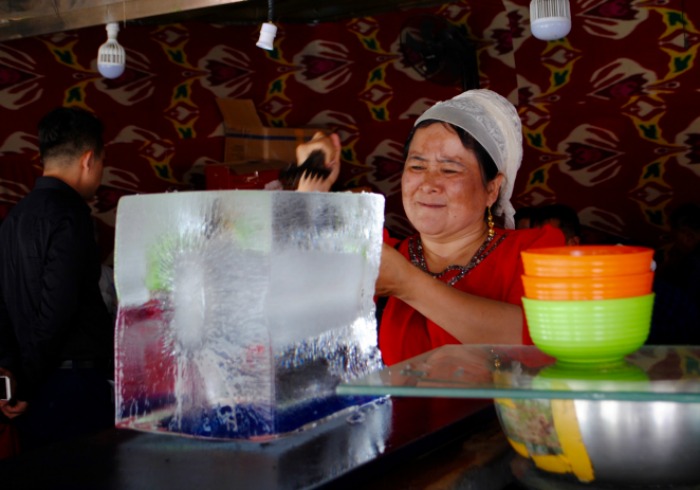New Year’s Eve is the perfect time to reflect on the things we have done in the previous year and welcome the beginning of a new one – complete with making new goals and celebrating our achievements. What better way to check something off your bucket list while ringing in the new year than on a destination New Year’s Eve.
Since the Chinese largely follow the lunar calendar, Western New Year isn’t widely celebrated. This means fewer lines, and you can still have a good time in key locations with others who wish to celebrate. We’ve planned 3 itineraries that reflect on the old and welcome the new in some of our favorite destinations across China.
Shanghai
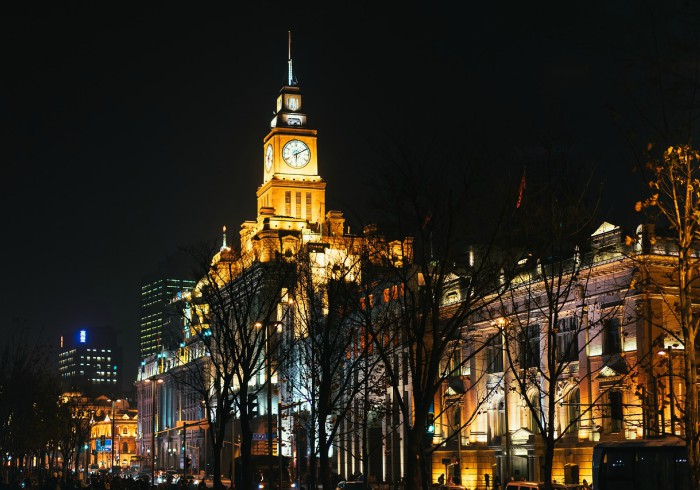
RELATED READING: 5 (Alternative) ‘Must-Sees’ In Shanghai
Likened to New York City or Paris, Shanghai is one of the most cosmopolitan cities in all of Asia. Visiting for New Year, you’ll have the opportunity to experience the melange of colonial charm and sky-scraping buildings that define modern day Shanghai.
Morning
The perfect beginning to your New Year’s Eve is to wake up bright and early and head out for a signature Shanghainese breakfast. This means ducking into an authentic local restaurant and eating the city’s signature soup dumpling, or xiaolongbao, as they are known in Mandarin. As fresh steam rolls off bamboo baskets, make sure you know the proper way of eating this scrumptious treat: bite the tip off first and suck the soup out before biting into the whole thing. This will save you from soup squirting everywhere!
Next up, get to grips with the city in style as you ride a vintage sidecar through the elegant, tree-lined streets of the French Concession. We’ll arrange everything so you can just sit back and enjoy the ride.
Afternoon
Whether it’s modern art or colonial history that takes your fancy, let us arrange your perfect afternoon with one of our experts in Shanghai. For a taste of unconventional history, you can get to know the Jewish history of China with Dvir Bargal, an internationally acclaimed journalist and documentary filmmaker hailing from Israel. He’ll lead you through Shanghai’s Jewish Ghetto and explain how Shanghai was the last open port for Jewish people escaping Nazi Europe.
Evening
Top off a great day with dinner at one of the city’s great Michelin-starred restaurants. The Yi Long Court at the Peninsula is a great bet right near the Bund.
Then, as the sun begins to set on the final day of the year, it’s the perfect time to hop aboard your private VIP river cruise on the Huangpu River – arranged by AsiaTravel. This gives you a great setting to count down the seconds to new year and enjoy a glass of champagne or apple cider.
With all this history and culture, Shanghai is a great choice for New Year’s even if you’re not the party animal! We visit Shanghai on a number of our longer China journeys or can customize your perfect city getaway.
Hong Kong
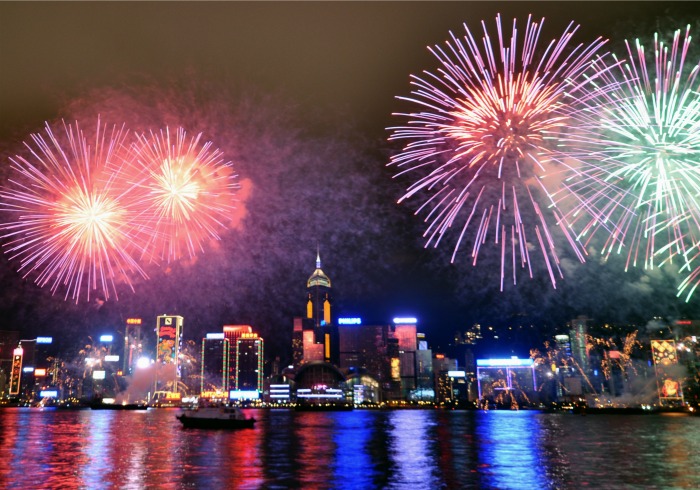
RELATED READING: Top 5 Hotels in Hong Kong
The glittering skyline of Hong Kong might just rival any fireworks show (almost). The glitz and sophistication of the “Pearl of the Orient” is the perfect place to ring in the New Year with a touch of class. Here are some of the high-society activities you can indulge in on our Hong Kong: Pearl of the Orient journey.
Morning
Ready for Hong Kong to take your breath away? Our perfect New Year’s Eve in Hong Kong begins with a light hike up to Victoria Peak where you can drink in the sights of this glamorous city. Then, we suggest slinking down the mountain and heading over to the bygone splendor of the western market, an Edwardian style building that sells arts, crafts and fabric for suits and cheongsam tailoring.
By midday, you’ll probably be feeling a bit peckish so saunter over to one of our favorite street markets on Bonham Strand. These flavorful streets with their abundance of dried seafood and Chinese herbal shops have been operating here for over a hundred years.
Afternoon
After lunch, head over to a hundred-year-old store that is renowned for tailoring hand-made qipao. Here, the shopkeeper can take your measurements and make your own sophisticated qipao to be shipped back home to you. Who knows? Maybe for your next big celebration you’ll sport a handmade qipao with all the refined colonial elegance of Hong Kong stitched into the detail.
Wind down from all the exhilaration with a relaxing afternoon tea at the grand dame of Hong Kong hotels: the Peninsula. Done with the colonial elegance of British tea with the queen, you’ll dine on a tower of canapés, scones, and cakes whilst sipping on some of the port city’s finest tea.
Evening
In the evening, head out on a traditional junk in Victoria Harbor. These slow-moving boats will allow you to rejoice in all the splendor of the New Year. When you book with AsiaTravel, we can arrange a private junk for you, so you can enjoy the show with only those you want around. You can take this cruise at sunset or near the stroke of midnight.
If you’d like to soar to dizzying heights, Hong Kong is also home to a myriad of world-class rooftop bars. On the 118th floor of the Ritz-Carlton Hong Kong, you can find what was the world’s highest bar up until 2010.
Dali
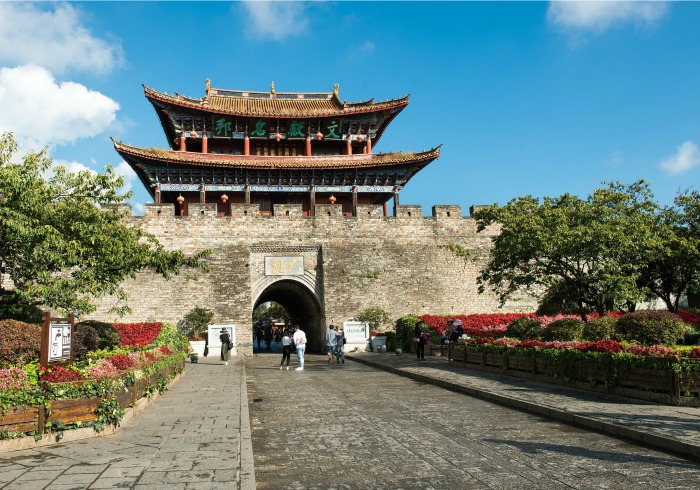
RELATED READING: AsiaTravel Founder and Dali-Native Mei Zhang’s Insider Tips to Dali
For those who want a slower pace and a spiritual vibe to see in the new year, consider Dali, in Yunnan province. With its relaxed “California-style” attitude and temperate climate, Dali is a laid-back option for a New Year trip.
Morning
Like our suggestions for Hong Kong, our recommended first activity on New Year’s Eve is a refreshing hike up Cang Mountain. On the slopes of this rustic mountain, visit a tea plantation where you can pick your own tea leaves and learn the whole process of tea-making from bulb to brew.
Afternoon
After a visit to the market and a local lunch, we’ll arrange a truly spiritual experience: a Bai three-cup tea ceremony. The age-old wisdoms imbued in this ceremony have been passed down through the Bai ethnic minority culture through time. You’ll be given 3 different teas, each representing an important part of life. The third and final tea is a mixture of flavors and represents the importance of accepting all that life gives you.
Evening
For dinner, our favorite Auntie Cheng will cook up a storm using the most authentic local ingredients from the area. Around the city, there is a smattering of local villages where various artisanal products are made and with Auntie Cheng, you can learn how to properly enjoy the results according to local custom. Artisanal salt, hand-crafted cheese, and savory Dali ham are just a few of the delicacies you have to try as you celebrate the start of a new year. Get to the heart of Dali on our Artisanal Dali journey.
—
So the final question you have to ask yourself: Which way do you want to ring in the New Year?
![Self-Guided Biking Tour of Dali [Downloadable Map]](http://www.chinaguidez.com/wp-content/uploads/2019/04/20190424_5cc029e5d2739.jpg)
![Self-Guided Biking Tour of Dali [Downloadable Map]](http://www.chinaguidez.com/wp-content/uploads/2019/04/20190424_5cc029e63e7f4.jpg)
![Self-Guided Biking Tour of Dali [Downloadable Map]](http://www.chinaguidez.com/wp-content/uploads/2019/04/20190424_5cc029e6657f7.jpg)

![Self-Guided Biking Tour of Dali [Downloadable Map]](http://www.chinaguidez.com/wp-content/uploads/2019/04/20190424_5cc029e617432.jpg)
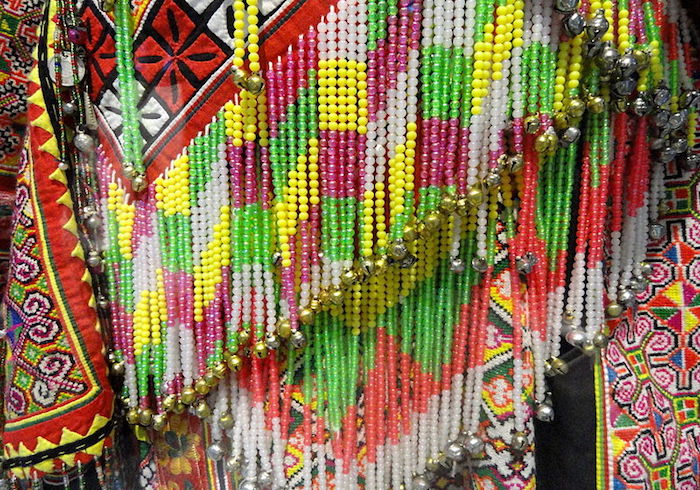
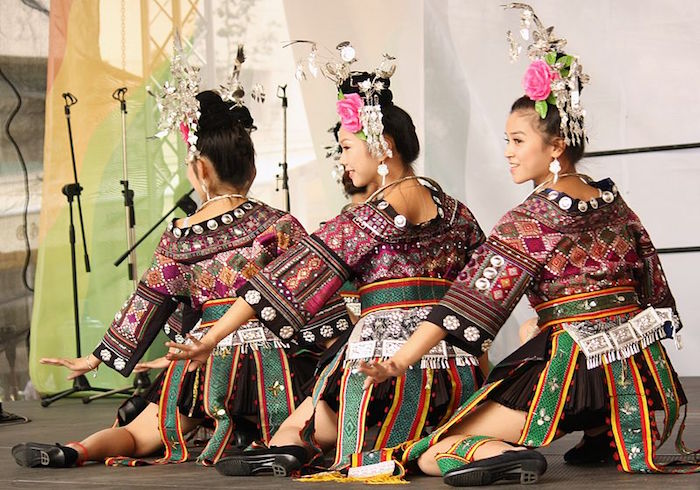
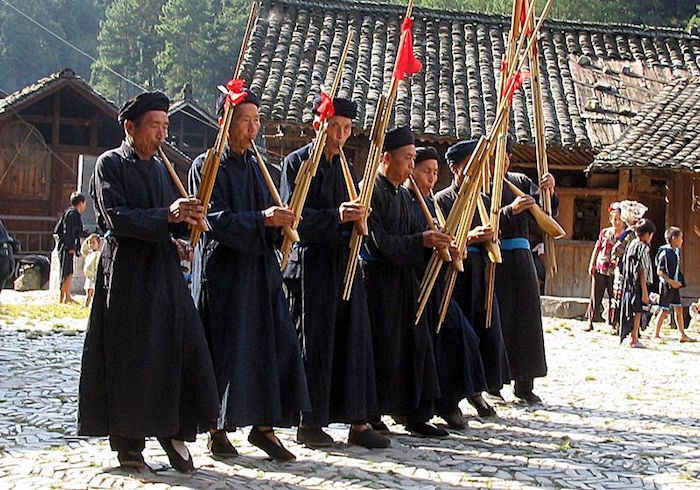
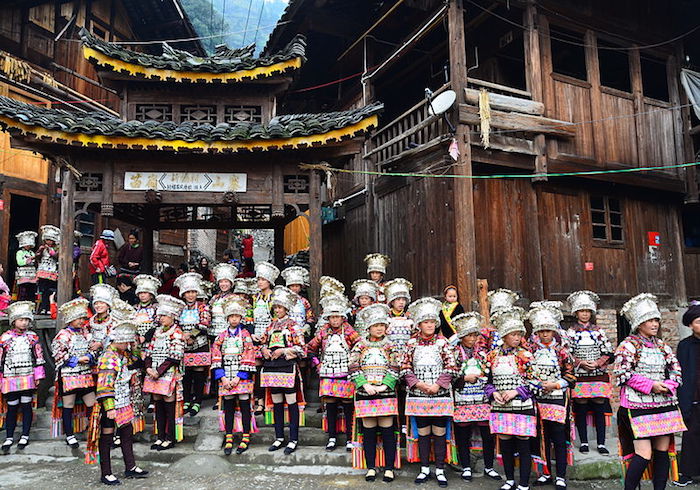 Source: Fanghong
Source: Fanghong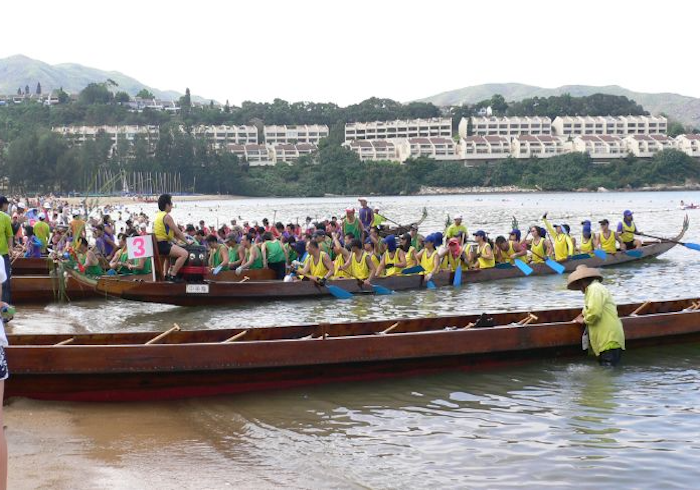
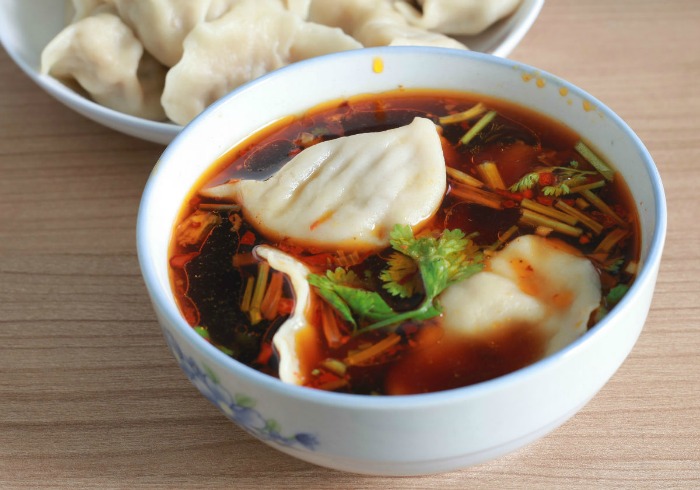
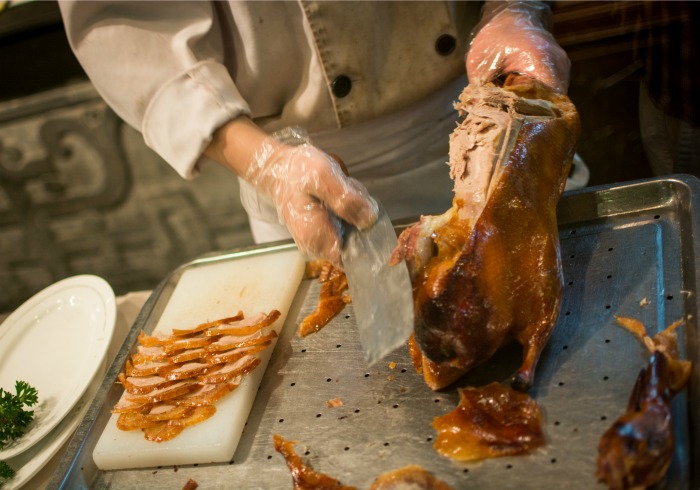

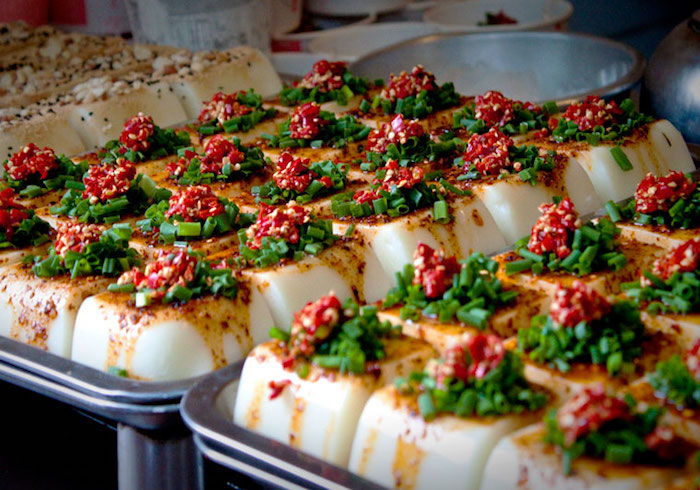 Lajiao Chilis
Lajiao Chilis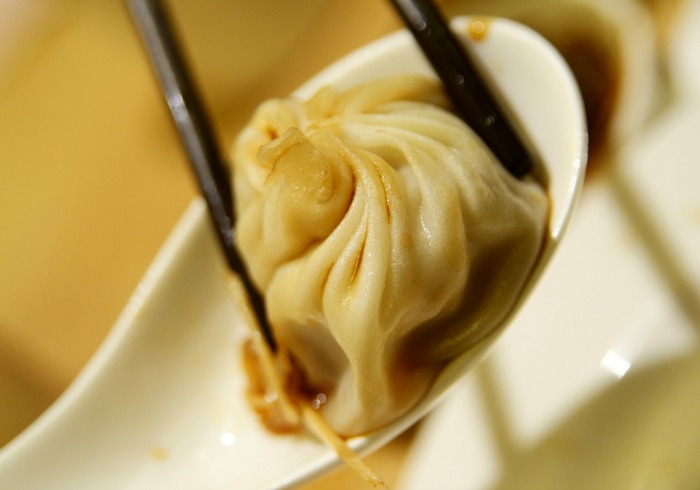
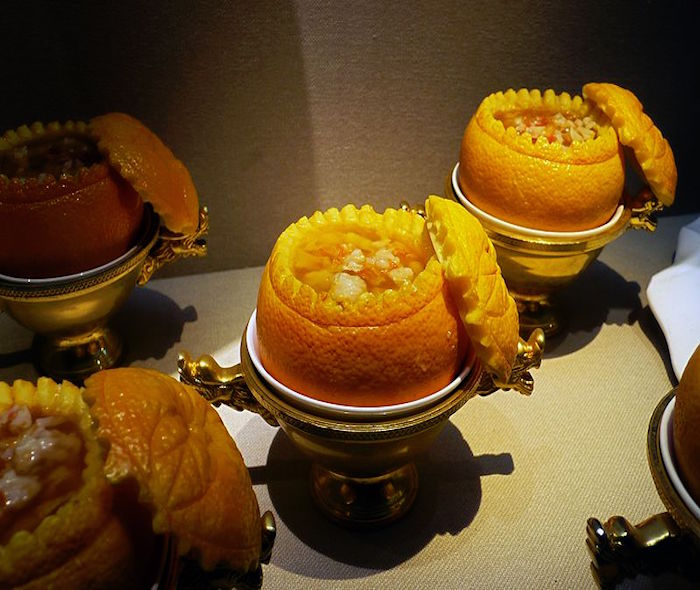 Stuffed Orange with Crab Meat
Stuffed Orange with Crab Meat 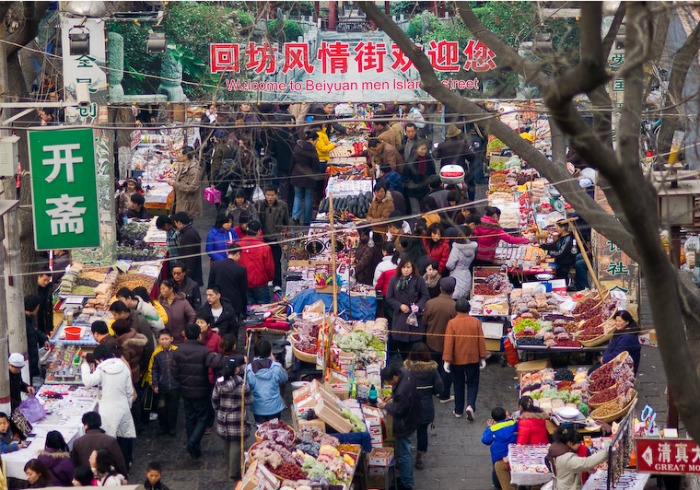
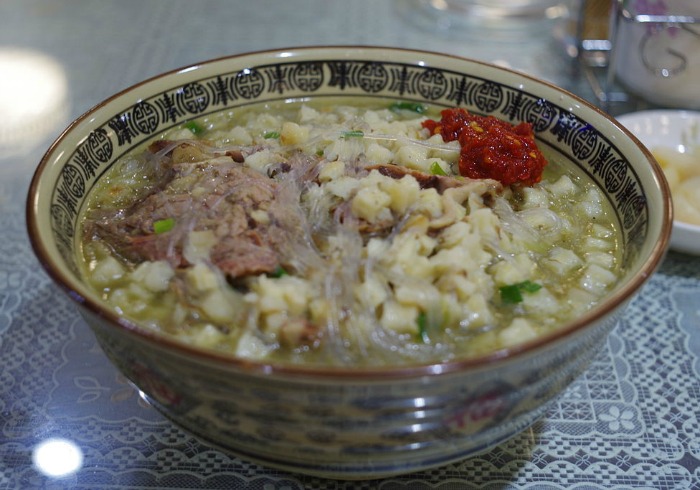 Photo distributed under a CC BY-SA 3.0 license
Photo distributed under a CC BY-SA 3.0 license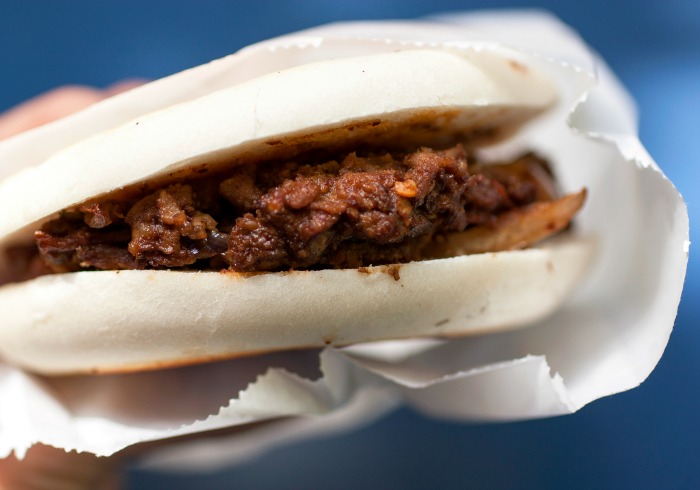 Photo by bionicgrrrl via Flickr
Photo by bionicgrrrl via Flickr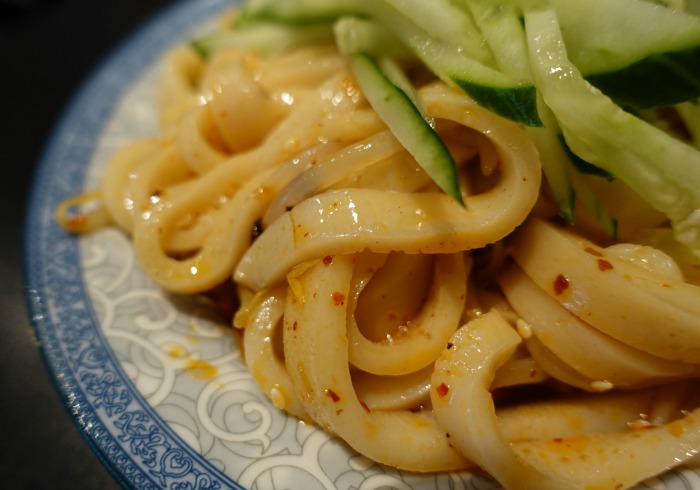
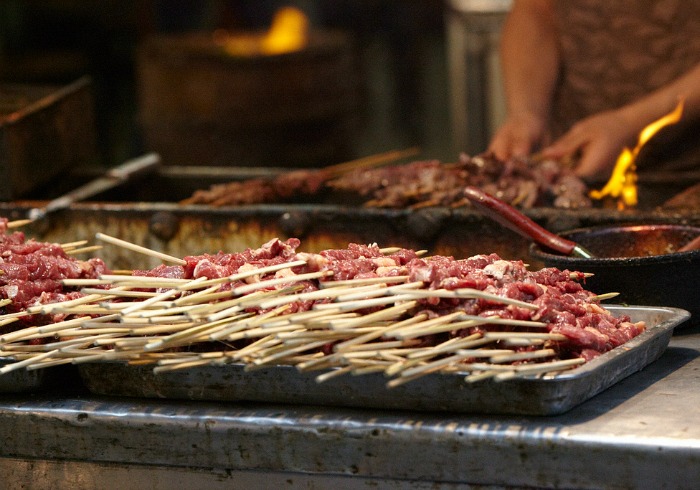
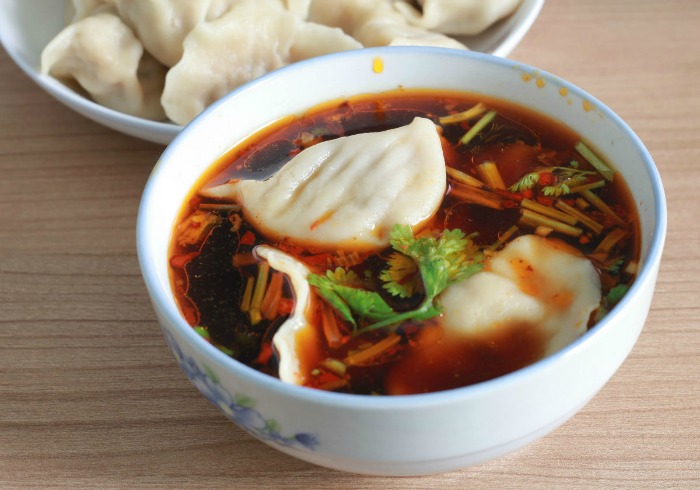
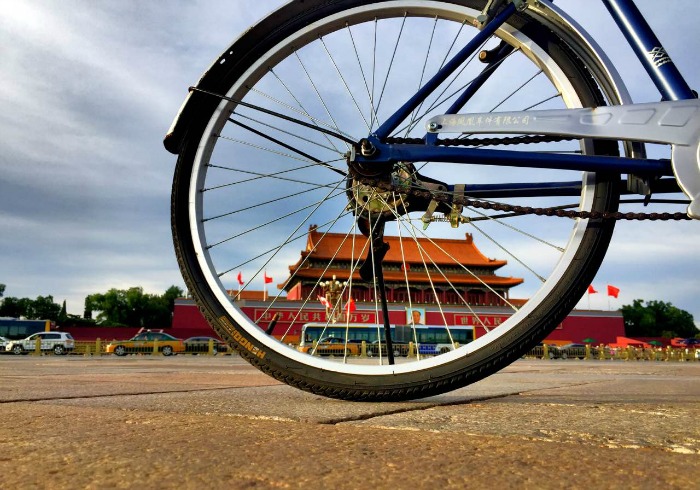
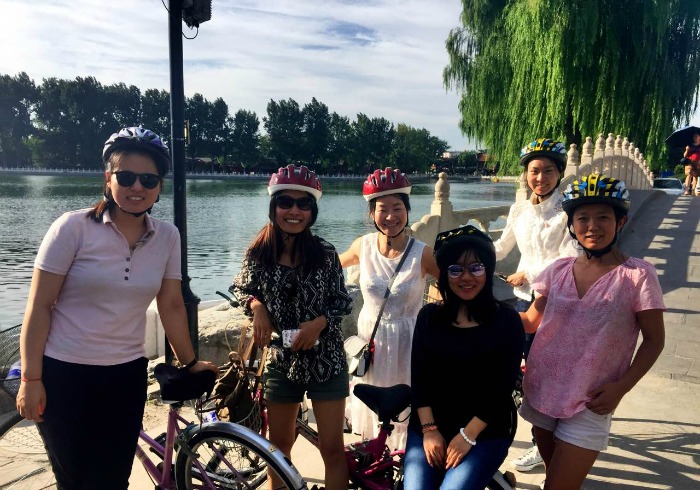
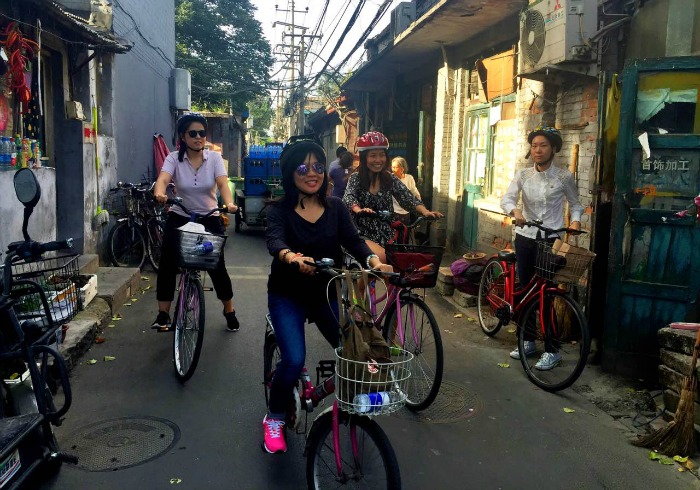
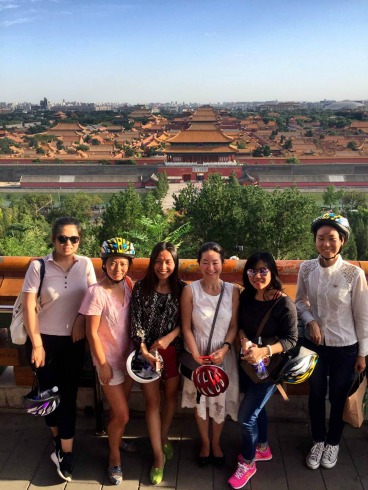
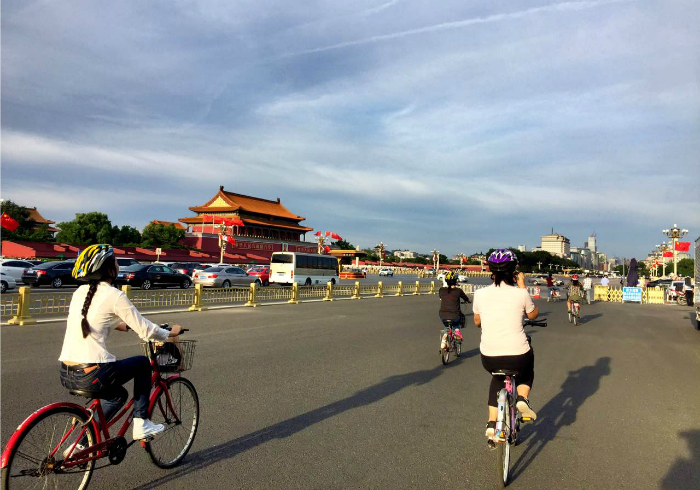
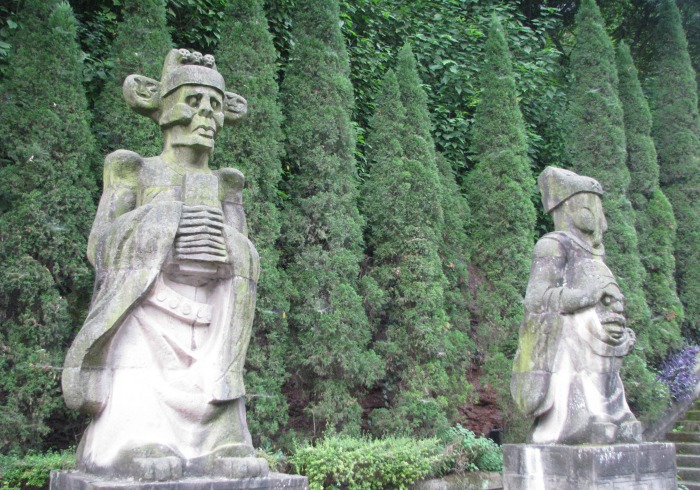
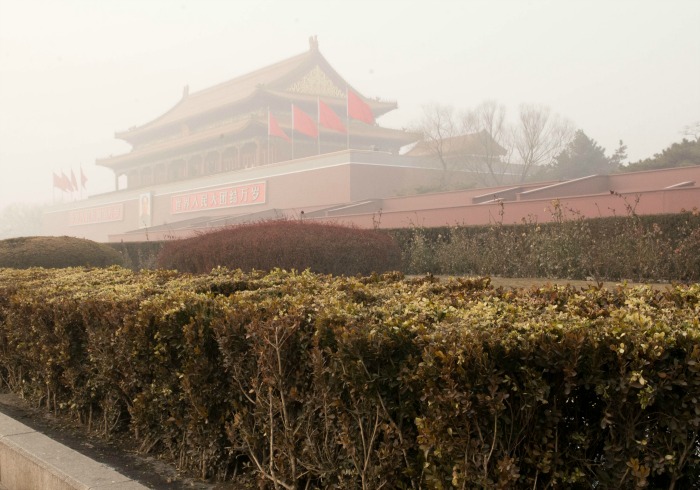
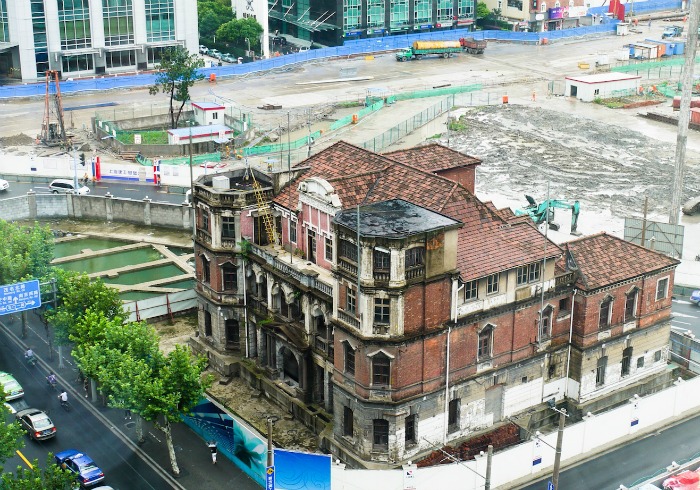
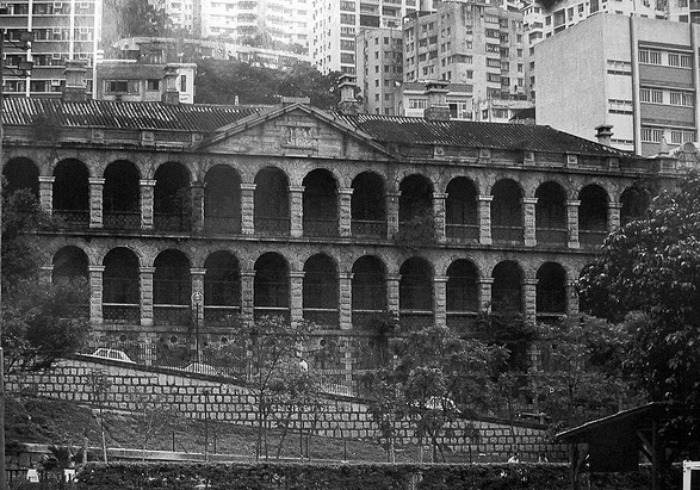
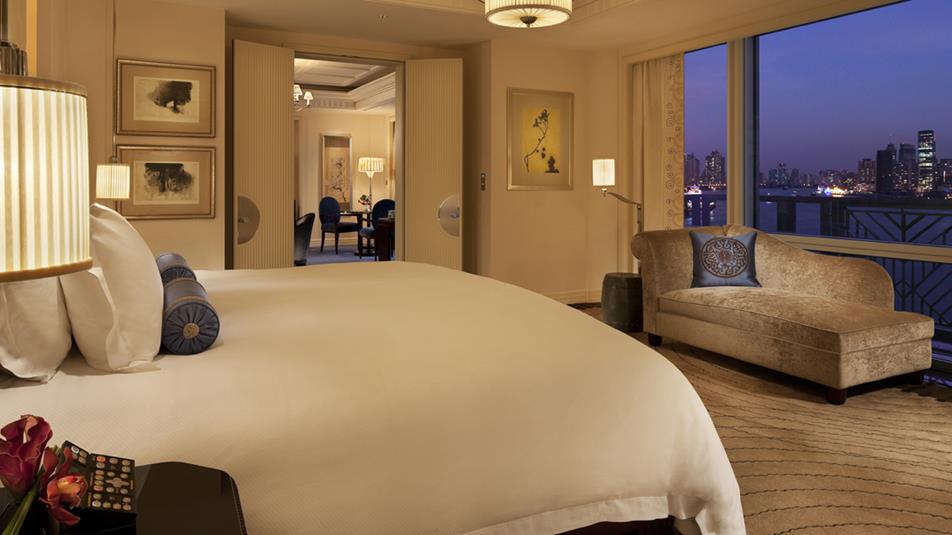
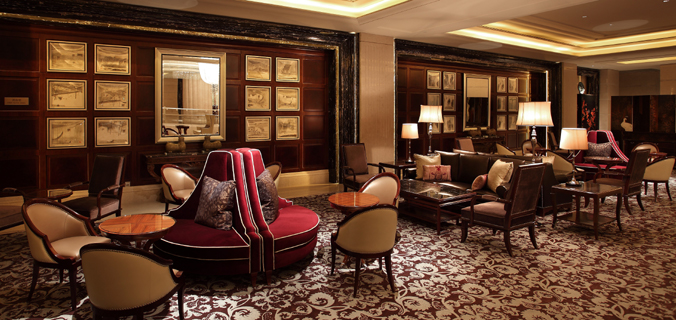
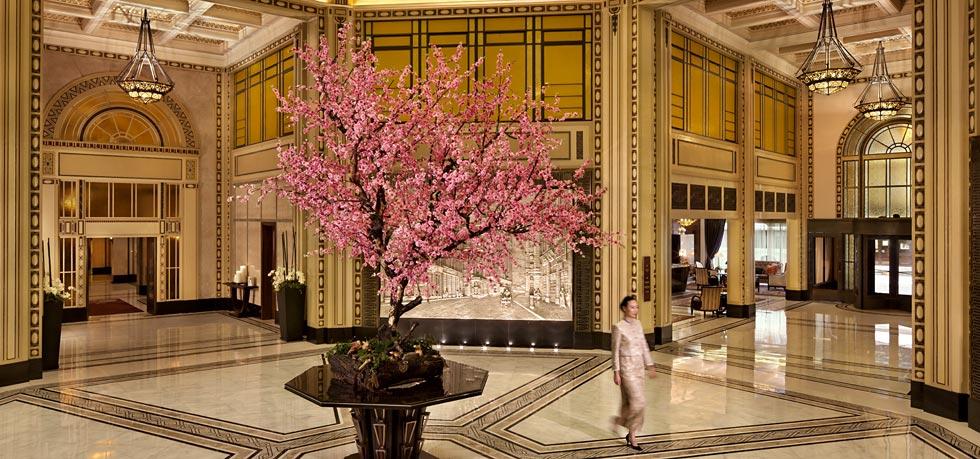 3. Fairmont Peace Hotel
3. Fairmont Peace Hotel